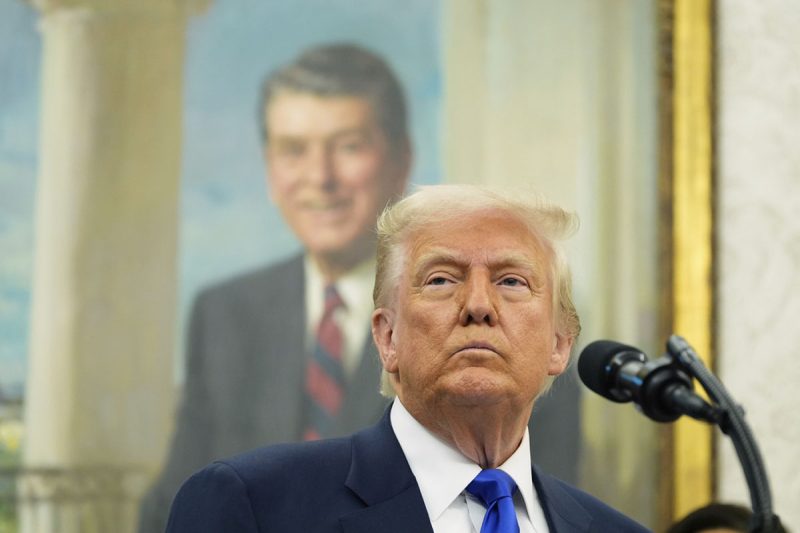
In a move aimed at bolstering US national security and reducing reliance on foreign pharmaceutical suppliers, President Donald Trump signed an executive order designed to significantly boost domestic drug manufacturing. The order, announced on May 6th, 2025, seeks to address concerns about potential drug shortages in the event of war or other national emergencies.
The core of the plan involves incentivizing the construction of new pharmaceutical facilities within the United States and streamlining the approval process for these facilities. The Food and Drug Administration (FDA) is tasked with eliminating unnecessary regulatory hurdles, expediting reviews, and working closely with domestic manufacturers to achieve medical self-sufficiency. Trump himself emphasized the critical need for this change, stating that the US cannot afford to rely on foreign countries for essential medicines, especially during times of conflict.
The administration considers the current timeline for building new pharmaceutical manufacturing capacity—estimated at 5 to 10 years—unacceptable, posing a significant risk to national security. To accelerate this process, the Environmental Protection Agency (EPA) will play a key role in expediting the construction of facilities for producing drugs, active pharmaceutical ingredients, and other vital medical materials.
While the administration is pushing for domestic production, the possibility of imposing tariffs on imported pharmaceuticals remains on the table. Currently, such imports are exempt from tariffs to avoid potential price increases for consumers. However, with the US spending over $200 billion annually on foreign-produced drugs, tariffs could be a powerful lever to encourage domestic manufacturing.
This initiative is expected to have a ripple effect throughout the industry. Major pharmaceutical companies operating in the US have already begun to adjust their supply chains, shifting toward sourcing materials domestically to avoid potential tariff impacts and secure their position in the market. This strategic repositioning could lead to significant investment in US-based manufacturing and create new jobs. The future of pharmaceutical production in the US is clearly undergoing a major transformation.
This executive order is not without its challenges. The significant investment required for new facilities, the complexities of navigating regulatory hurdles, and the potential impact on consumer costs will all require careful management. However, the long-term strategic benefits of reducing reliance on foreign pharmaceutical suppliers are undeniable, particularly in the context of national security and economic resilience.










